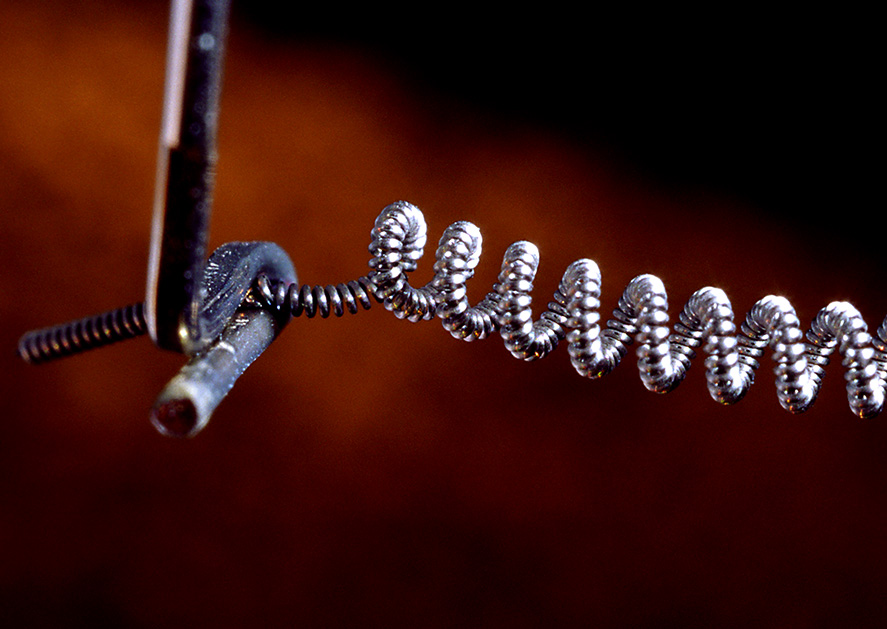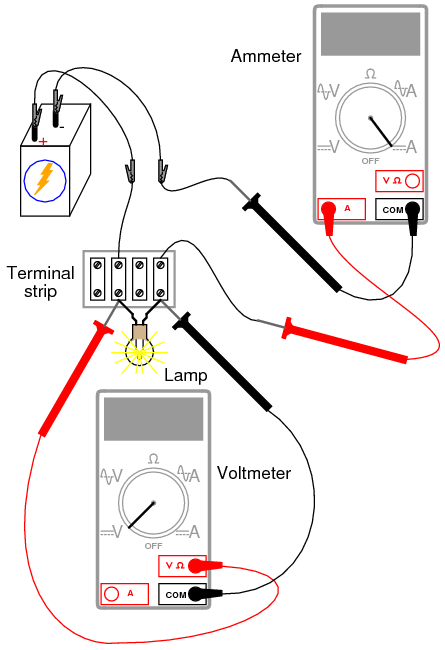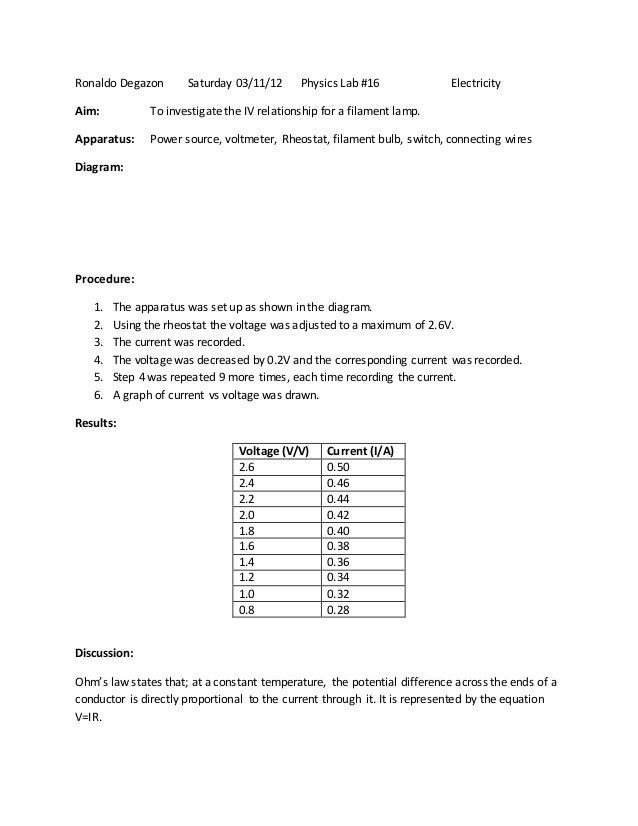Are you searching for 'laboratory investigation into the resistance of a filament bulb essay'? You can find all the material on this web page.
Table of contents
- Laboratory investigation into the resistance of a filament bulb essay in 2021
- Two prong light bulb
- Types of light bulb bases
- E 26 light bulbs
- Stained glass light bulb
- Laboratory investigation into the resistance of a filament bulb essay 06
- Laboratory investigation into the resistance of a filament bulb essay 07
- Laboratory investigation into the resistance of a filament bulb essay 08
Laboratory investigation into the resistance of a filament bulb essay in 2021
 This picture representes laboratory investigation into the resistance of a filament bulb essay.
This picture representes laboratory investigation into the resistance of a filament bulb essay.
Two prong light bulb
 This image representes Two prong light bulb.
This image representes Two prong light bulb.
Types of light bulb bases
 This picture illustrates Types of light bulb bases.
This picture illustrates Types of light bulb bases.
E 26 light bulbs
 This picture representes E 26 light bulbs.
This picture representes E 26 light bulbs.
Stained glass light bulb
 This image shows Stained glass light bulb.
This image shows Stained glass light bulb.
Laboratory investigation into the resistance of a filament bulb essay 06
 This picture demonstrates Laboratory investigation into the resistance of a filament bulb essay 06.
This picture demonstrates Laboratory investigation into the resistance of a filament bulb essay 06.
Laboratory investigation into the resistance of a filament bulb essay 07
 This picture demonstrates Laboratory investigation into the resistance of a filament bulb essay 07.
This picture demonstrates Laboratory investigation into the resistance of a filament bulb essay 07.
Laboratory investigation into the resistance of a filament bulb essay 08
 This image illustrates Laboratory investigation into the resistance of a filament bulb essay 08.
This image illustrates Laboratory investigation into the resistance of a filament bulb essay 08.
What kind of resistance does a light bulb have?
All light bulbs contain a filament that has some form of resistance. As electricity travels through the filament it encounters this resistance and energy is transformed into light and heat. The most common material used in the filament of an incandescent lamp is Tungsten. Tungsten has a cold resistance of 9.6 ohms at 100 watts.
Who was the inventor of the filament light bulb?
Invented by Thomas Edison (1847-1931), the filament light bulb is a common feature in practically every modern home around the world. In theory the structure of a filament light bulb is quite simple. At the base of the light bulb there are two small metal contacts, which connect into a circuit.
How does the resistance of a filament lamp increase?
A filament lamp is a common type of light bulb. It contains a thin coil of wire called the filament. This heats up when an electric current passes through it, and produces light as a result. The resistance of a lamp increases as the temperature of its filament increases.
What makes up the filament of a light bulb?
All light bulbs contain a filament that has some form of resistance. As electricity travels through the filament it encounters this resistance and energy is transformed into light and heat. The most common material used in the filament of an incandescent lamp is Tungsten.
Last Update: Oct 2021